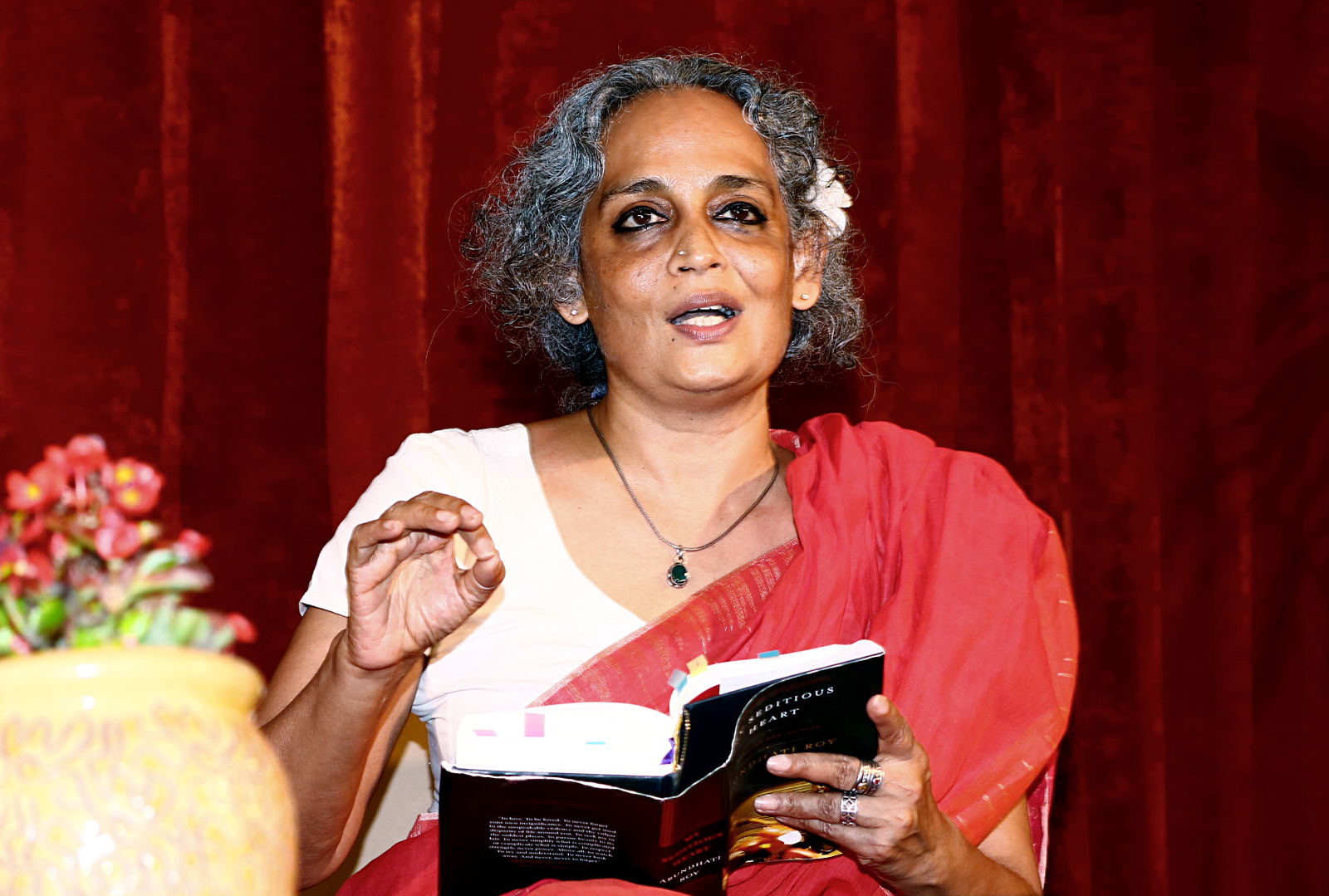Mother Mary Comes to Me is the newest release of Arundhati Roy. It is a memoir of the celebrated author, where intergenerational trauma and familial violence have been portrayed by Arundhati Roy, about her life with and without her mother.
Arundhati Roy defies the sanctified death's consolation from the beginning; she portrays her mother as a "gangster" with the awe and bruises of a daughter.
How was Mrs. Roy?
In her own way, Mary, Roy’s mother, was a strong woman. Her greatest accomplishments were found in the things she changed as well as in her work as a woman and educator. With unwavering determination, Mary Roy took the Travancore Christian Succession Act of 1916, which denied women in parts of Kerala equal inheritance rights, all the way to the Supreme Court and won!
She went on to establish Pallikoodam in Kottayam, Kerala, a cutting-edge school that is regarded as one of the best in the nation and is well-known for its progressive curriculum that includes music, art and athletics.
Mary Roy, or Mrs. Roy, as Arundhati sometimes calls her mother to maintain distance, seems to be a little bit unconventional mother and woman. Her father beat her and her siblings, threw them out of his house, and once even opened up his wife's scalp with a brass vase. Mrs. Roy married the first man who proposed to her to get away from him. The first half of "Mother Mary Comes to Me" is a gut-punch. It is relentless, raw, but forged on a basic innocence. It is also the reality that the mayhem described happened to Arundhati as a child. Arundhati’s father was a Nothing Man and an alcoholic. Mrs. Roy cannot stand to be in the same house as her husband, so she returns to Kerala with her two children, Arundhati and her brother Lalith Kumar Christopher Roy (LKC)
A poignant tale of growing up
She recalls, "My mother conducted herself with the edginess of a gangster. I watched her unleash all of herself — her genius, her eccentricity, her radical kindness, her militant courage, her ruthlessness, her generosity, her cruelty, her bullying, her head for business, and her wild, unpredictable temper — with complete abandon on our tiny, insular Syrian Christian society… I watched her make space for the whole of herself, for all her selves, in that little world."
The profound emotional upheaval and social condemnation that influenced Arundhati Roy's early years are depicted in her art, along with the subdued rebellion of merely surviving.











